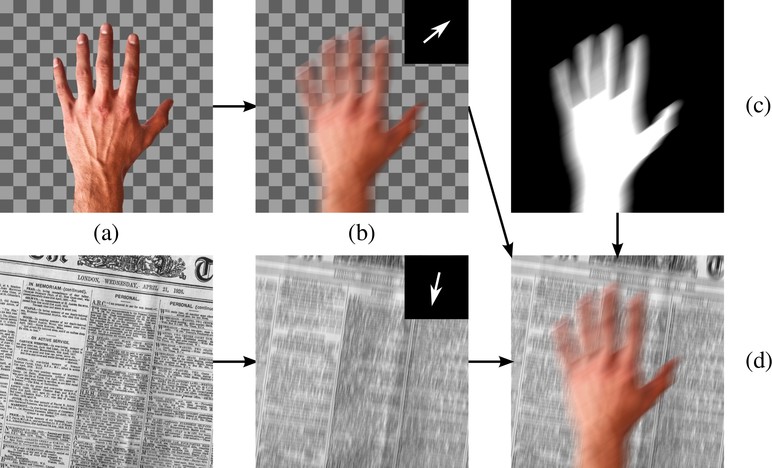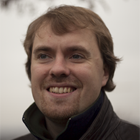Human Pose, Shape and Action
3D Pose from Images
2D Pose from Images
Beyond Motion Capture
Action and Behavior
Body Perception
Body Applications
Pose and Motion Priors
Clothing Models (2011-2015)
Reflectance Filtering
Learning on Manifolds
Markerless Animal Motion Capture
Multi-Camera Capture
2D Pose from Optical Flow
Body Perception
Neural Prosthetics and Decoding
Part-based Body Models
Intrinsic Depth
Lie Bodies
Layers, Time and Segmentation
Understanding Action Recognition (JHMDB)
Intrinsic Video
Intrinsic Images
Action Recognition with Tracking
Neural Control of Grasping
Flowing Puppets
Faces
Deformable Structures
Model-based Anthropometry
Modeling 3D Human Breathing
Optical flow in the LGN
FlowCap
Smooth Loops from Unconstrained Video
PCA Flow
Efficient and Scalable Inference
Motion Blur in Layers
Facade Segmentation
Smooth Metric Learning
Robust PCA
3D Recognition
Object Detection
Motion Blur in Layers

Videos contain complex spatially-varying motion blur due to the combination of object motion, camera motion, and depth variation with finite shutter speeds. Existing methods to estimate optical flow, deblur the images, and segment the scene fail in such cases. In particular, boundaries between differently moving objects cause problems, because here the blurred images are a combination of the blurred appearances of multiple surfaces. We address this with a novel layered model of scenes in motion. From a motion-blurred video sequence, we jointly estimate the layer segmentation and each layer’s appearance and motion. Since the blur is a function of the layer motion and segmentation, it is completely determined by our generative model. Given a video, we formulate the optimization problem as minimizing the pixel error between the blurred frames and images synthesized from the model, and solve it using gradient descent. We demonstrate our approach on synthetic and real sequences.
Video
Members
Publications

